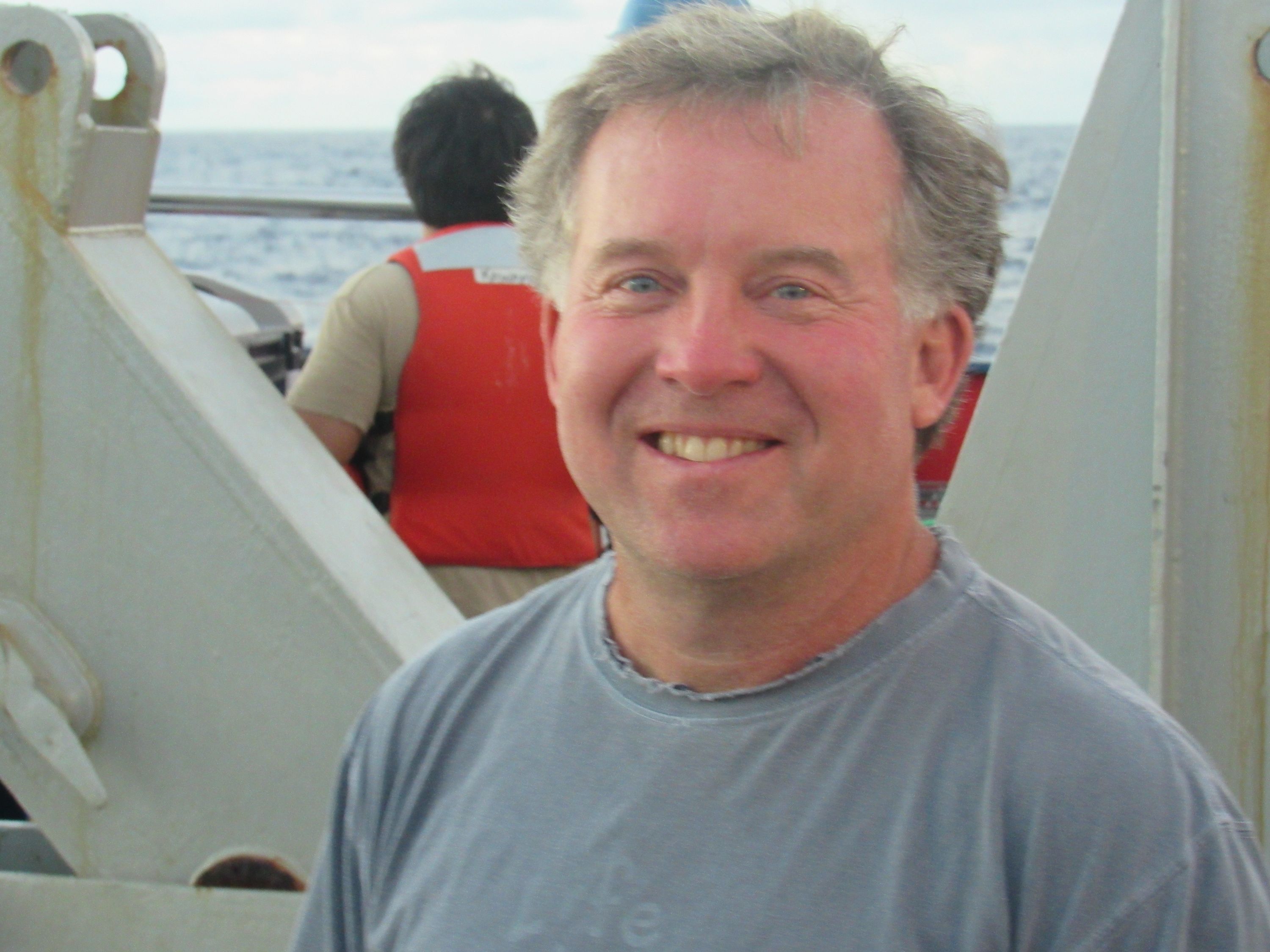Tools to Investigate Air-Sea Interaction using Meteorological Data from the Ocean Observatories Initiative (OOI)
This course is designed to help participants utilize data from the Ocean Observatories Initiative (OOI) for marine meteorological research. The OOI consists of a network of advanced sensor arrays located in mid to high latitude regions, such as the Irminger Sea, Gulf of Alaska, the West Coast of the U.S., and the East Coast near North Carolina. This network collects comprehensive meteorological and ocean data that is freely available to researchers, educators, and the general public.
Participants will learn how to access and analyze data from OOI's surface moorings. The initial focus will be on the Direct Covariance Flux Systems (DCFS) that provide momentum and heat fluxes using sonic anemometers after motion correction. The course will also show participates how to access the decade long records of wind speed, air and sea temperature, humidity, pressure, IR and solar radiative fluxes, precipitation, wave conditions, and surface currents used to compute bulk fluxes with the COARE algorithm. The course will demonstrate how this data is used to study complex air-sea interactions, including heat, mass and momentum exchanges, which are crucial for improving weather and climate models.
The hands-on portion of the course will utilize Jupyter Notebooks to guide participants through working with raw sonic and mean meteorological data, applying motion correction techniques, and comparing different methods for calculating air-sea fluxes. This practical experience will deepen participants' understanding of data collection in challenging conditions and its application to research and modeling.
105th AMS Annual Meeting
New Orleans Ernest N. Morial Convention Center
January 12, 2025 at 10:00 AM - 2:00 PM Central Time (In Person)
REGISTRATION RATES

Course Description:
Participants will:
- Gain knowledge of a unique turbulent flux dataset sampled at high frequencies over the past ten years from OOI surface moorings for modeling and process studies
- Understand how these complex measurements are made in demanding marine environments.
- Learn to use specialized toolboxes for generating direct covariance and bulk aerodynamic fluxes.
- Become aware of opportunities to add additional sensors to the OOI arrays and participate in Operation & Maintenance cruises.
If you have questions regarding the course, please contact James B. Edson.
Instructors:

James B. Edson
Woods Hole Oceanographic Institution (WHOI), Senior Scientist
NSF's Ocean Observatories Initiative (OOI), Lead PI.